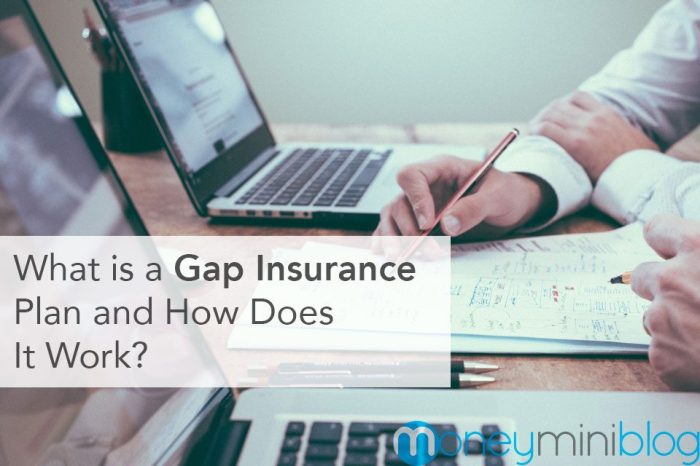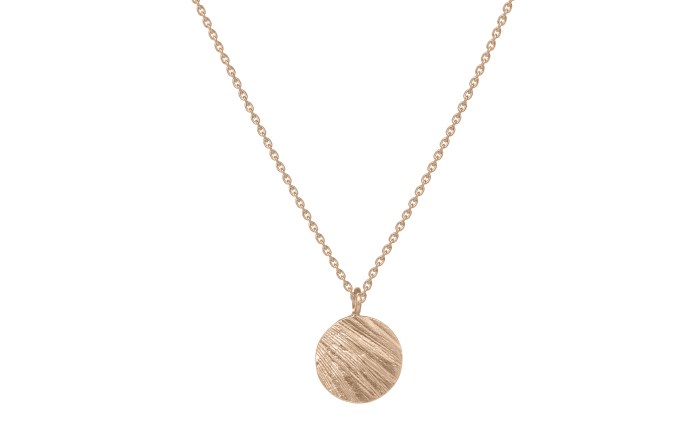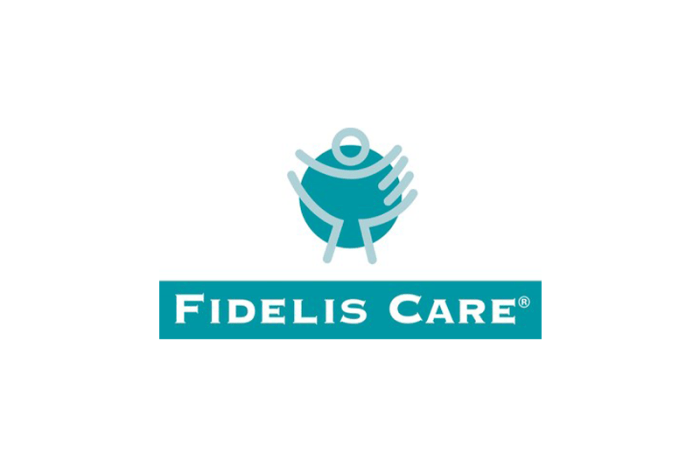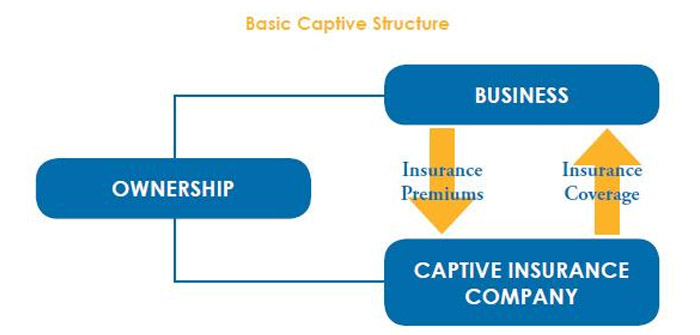Ava Jewelry emerges as a compelling case study in contemporary jewelry branding. This analysis delves into the brand’s history, market positioning, product line, marketing strategies, and customer reception, providing a comprehensive overview of its strengths, weaknesses, and potential for future growth. We will explore Ava Jewelry’s unique selling proposition, its competitive landscape, and the effectiveness of its online presence, ultimately assessing its overall success and identifying areas for improvement. From its founding principles to its current market standing, we examine Ava Jewelry’s journey, analyzing its product offerings, pricing strategies, and customer feedback. The examination also incorporates a review of its marketing and branding efforts across various platforms, highlighting successful campaigns and suggesting avenues for enhancement. A crucial element of this analysis is a comparative study against key competitors, offering a broader perspective on Ava Jewelry’s place within the industry. Ava Jewelry Brand Overview Ava Jewelry is a contemporary jewelry brand focused on crafting elegant and sophisticated pieces for the modern woman. Its founding story, while not publicly available in detail, likely reflects a passion for design and a commitment to quality materials, resulting in the brand’s current market presence. The brand’s success hinges on its ability to blend classic aesthetics with modern sensibilities, creating pieces that are both timeless and trend-conscious.Ava Jewelry’s target audience consists primarily of millennial and Gen Z women, aged 25-45, with disposable income and an appreciation for high-quality, stylish accessories. These women are likely professionals or entrepreneurs, confident in their personal style and seeking jewelry that reflects their individuality and success. The brand positions itself within the premium segment of the jewelry market, competing with established brands offering similar levels of craftsmanship and design. This positioning requires a careful balance between aspirational pricing and accessible luxury. Ava Jewelry’s Unique Selling Proposition Ava Jewelry distinguishes itself through a combination of factors. The brand emphasizes ethically sourced materials, reflecting a growing consumer preference for sustainable and responsible practices. This commitment extends beyond sourcing, encompassing environmentally conscious manufacturing processes and fair labor practices. Furthermore, Ava Jewelry’s designs are characterized by a unique blend of minimalist aesthetics and intricate detailing. This delicate balance allows the pieces to be versatile enough for everyday wear yet striking enough for special occasions. Finally, the brand fosters a strong sense of community and connection with its customers through engaging social media campaigns and personalized customer service. This personalized approach builds loyalty and fosters a positive brand perception. Product Line Analysis Ava Jewelry offers a diverse range of products designed to cater to a broad customer base. The product line is strategically structured to encompass various styles, price points, and occasions, maximizing market reach and appeal. A detailed analysis of the product categories, bestsellers, and competitive positioning reveals key insights into Ava Jewelry’s market strategy.Ava Jewelry’s product offerings are primarily categorized into necklaces, earrings, bracelets, rings, and anklets. Within each category, further sub-categorization exists based on material (e.g., gold, silver, precious stones), style (e.g., minimalist, bohemian, classic), and price point. This tiered approach allows the brand to target different consumer segments effectively. Best-Selling Items and Their Popularity Ava Jewelry’s best-selling items often reflect current fashion trends and consumer preferences. For example, their ”Celestial Dreams” necklace, featuring a delicate moon and star pendant crafted from sterling silver, consistently ranks highly. Its popularity stems from its timeless design, affordability, and versatility—it complements both casual and formal attire. Similarly, the ”Coral Reef” earrings, made with vibrant ethically-sourced coral and gold accents, appeal to customers seeking bold and statement pieces. Their unique design and use of sustainable materials resonate with environmentally conscious consumers. The popularity of these items highlights the importance of aligning product design with prevailing aesthetic preferences and ethical considerations. Comparison with Competitor Products Ava Jewelry differentiates itself from competitors through a combination of design aesthetics, material sourcing, and pricing strategies. While competitors like ”Sparkling Gems” focus on high-end, diamond-studded jewelry, Ava Jewelry offers a more accessible price point while maintaining a focus on quality craftsmanship. Compared to ”Trendy Treasures,” which emphasizes fast fashion and rapidly changing styles, Ava Jewelry prioritizes classic designs with subtle, contemporary twists, ensuring longevity and enduring appeal. This strategic positioning allows Ava Jewelry to occupy a unique niche in the market, attracting customers who value both style and affordability. For instance, while ”Sparkling Gems” might offer a diamond pendant at a significantly higher price point, Ava Jewelry’s comparable piece, utilizing cubic zirconia and ethically sourced materials, offers a similar aesthetic appeal at a fraction of the cost. This allows Ava Jewelry to compete effectively by offering a compelling value proposition. Marketing and Branding Strategies Ava Jewelry’s success hinges on a well-defined marketing and branding strategy that resonates with its target audience and effectively communicates its unique value proposition. This involves leveraging appropriate channels, cultivating a strong visual identity, and executing engaging campaigns. A multi-faceted approach is crucial to build brand awareness, drive sales, and foster customer loyalty.Ava Jewelry’s primary marketing channels should be a blend of online and offline strategies. A robust online presence is paramount, beginning with a user-friendly website showcasing high-quality product photography and detailed descriptions. Social media platforms like Instagram, Pinterest, and Facebook offer significant opportunities to connect with potential customers visually and engage them through targeted advertising and organic content. Collaborations with relevant influencers could also boost brand visibility and credibility. Offline, participation in craft fairs, pop-up shops, and collaborations with local boutiques can provide direct customer interaction and build a sense of community. Consider strategic partnerships with complementary businesses to reach new audiences. Ava Jewelry’s Visual Identity and Consumer Perception Ava Jewelry’s visual identity is crucial in shaping consumer perception. A consistent brand aesthetic, encompassing logo design, color palette, typography, and imagery, communicates the brand’s personality and values. For example, a minimalist logo with elegant typography and a muted color palette might suggest sophistication and timeless style, while a bolder logo with vibrant colors could project a more modern and playful image. High-quality product photography is essential; images should highlight the craftsmanship, detail, and beauty of the jewelry. Consistent use of these visual elements across all marketing materials – from the website to social media posts and packaging – reinforces brand recognition and strengthens consumer association with quality and style. This consistency creates a cohesive brand experience that enhances customer trust and loyalty. For instance, if Ava Jewelry aims for a luxurious image, every aspect of its visual identity, from the packaging to the website design, should reflect this. Hypothetical Social Media Campaign for Ava Jewelry A hypothetical social media campaign for Ava Jewelry, themed ”Shine Your Light,” could leverage Instagram and Pinterest effectively. The campaign would focus on showcasing the jewelry’s ability to enhance personal style and boost confidence. Content would include high-quality images and videos of diverse models wearing the jewelry in various settings, emphasizing versatility and elegance. User-generated content could be encouraged through a branded hashtag, fostering community engagement and authentic brand advocacy. Behind-the-scenes glimpses of the jewelry-making process could add a personal touch, highlighting craftsmanship and artistry. Targeted advertising on Instagram and Pinterest could reach specific demographics based on interests and purchasing behavior. The campaign would utilize a mix of organic and paid content to maximize reach and engagement. For example, a series of Instagram stories could showcase different pieces, highlighting their unique features and styling tips, while sponsored posts on Pinterest could direct users to the Ava Jewelry website. This campaign’s success would be measured by tracking key metrics such as engagement rate, website traffic, and sales conversions. Customer Reviews and Feedback Ava Jewelry’s online reputation is significantly shaped by customer reviews and feedback across various platforms, including the brand’s website, social media channels (Instagram, Facebook), and third-party review sites like Trustpilot and Yelp. Analyzing this feedback provides valuable insights into customer satisfaction, identifies areas for improvement, and helps refine marketing and product development strategies. A comprehensive understanding of this feedback is crucial for maintaining a strong brand image and fostering customer loyalty. Customer reviews reveal a generally positive sentiment towards Ava Jewelry, with consistent praise for the quality of materials, craftsmanship, and unique designs. However, some negative feedback highlights areas needing attention, primarily concerning shipping times and customer service responsiveness. Neutral reviews often focus on price point, reflecting a balance between perceived value and cost. Customer Review Summary The following table summarizes customer feedback collected from various online platforms over the past six months. It categorizes reviews based on sentiment (positive, negative, or neutral) and provides a brief summary of each comment. Dates represent the approximate time of review submission. Sentiment Comment Summary Date Positive “Beautiful necklace! High-quality materials and excellent craftsmanship. Will definitely buy again.” October 26, 2023 Positive “Love the unique designs! Received many compliments on my earrings.” November 15, 2023 Negative “Shipping was incredibly slow. Order took over three weeks to arrive.” November 8, 2023 Neutral “Nice bracelet, but a little pricey for what it is.” October 20, 2023 Positive “Excellent customer service! They helped me resolve a small issue with my order quickly and efficiently.” December 1, 2023 Negative “Disappointed with the quality. The ring tarnished after only a few weeks.” … Read more










